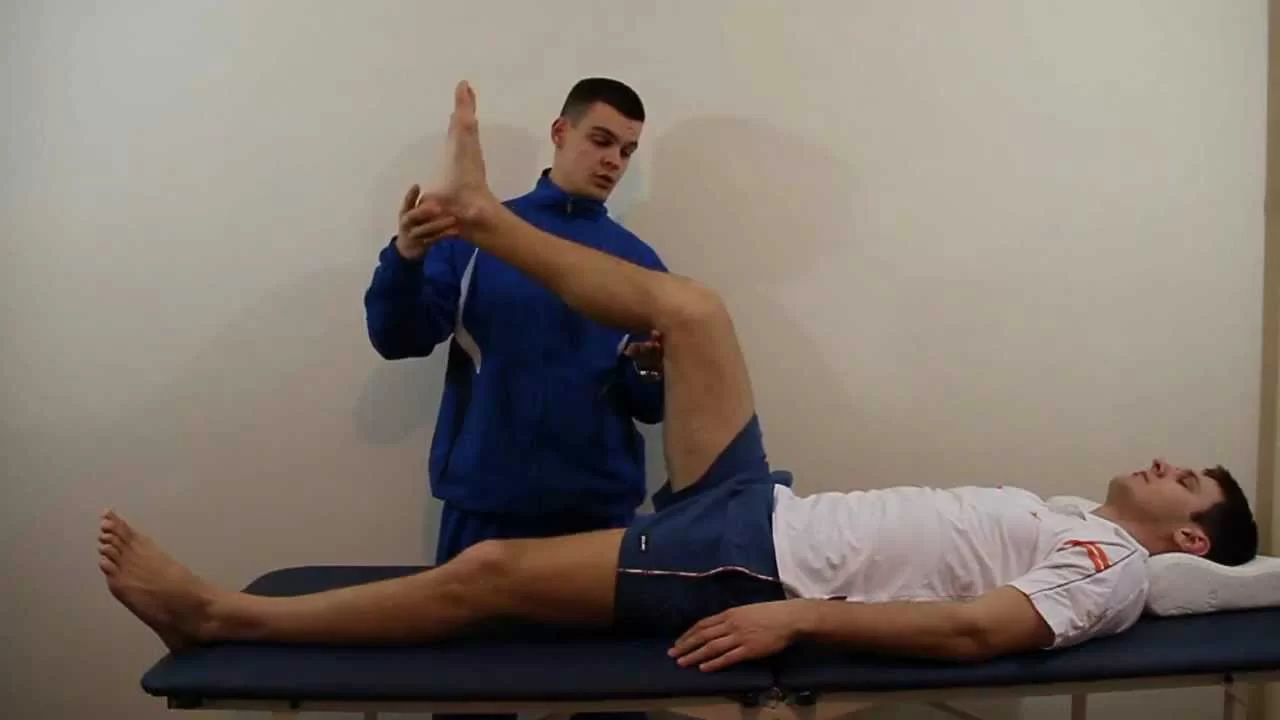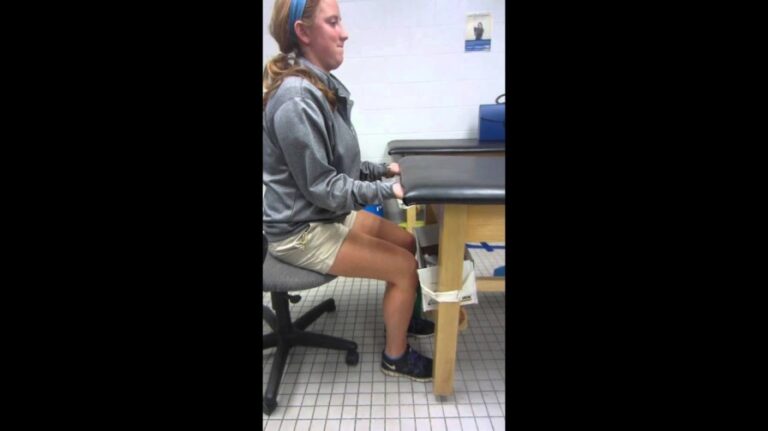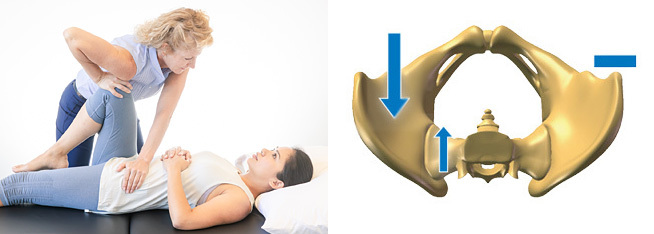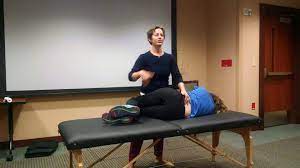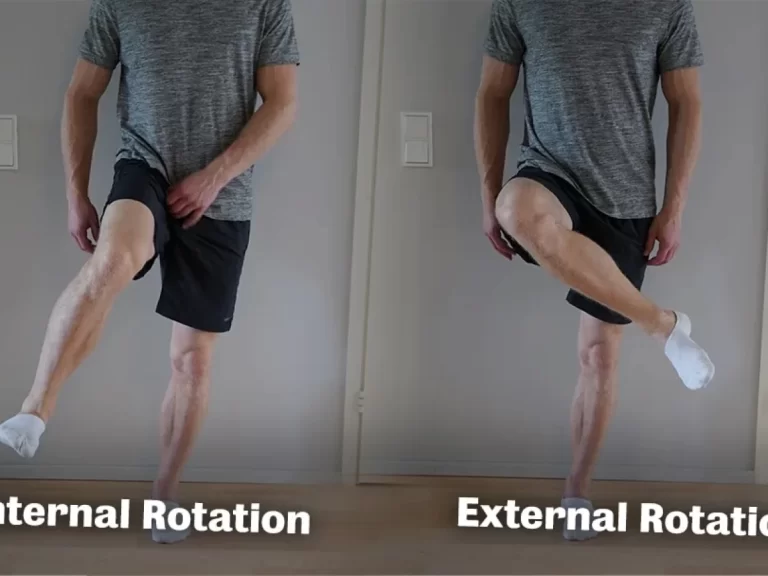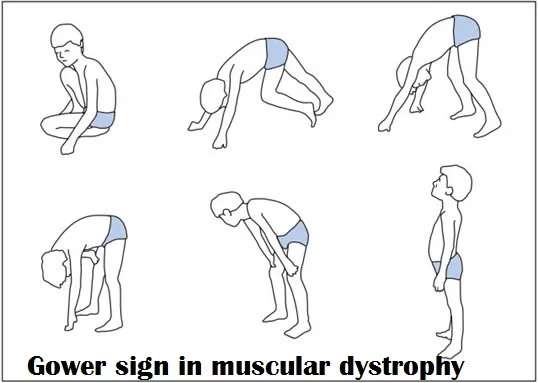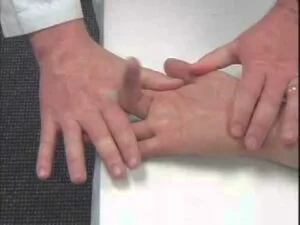Bowstring Sign
The bowstring sign, also known as the popliteal compression test or posterior tibial nerve stretch sign, is performed by the healthcare provider to evaluate the mobility and tension of the sciatic nerve or its branches.
- This Bowstring test is also known as the cram test / popliteal pressure sign & Posterior Tibial Nerve stretch sign.
- This Bowstring test is a passive provocative test that is applied to the clinic.
- This clinical test is performed in patients who have to present with low back pain by a doctor or therapist.
What is the Purpose of the Bowstring Sign?
- A bowstring sign test is used to determine the lumbosacral nerve tension.
What is the Technique of the Bowstring Sign?
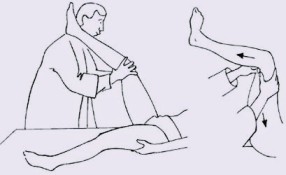
- In the first, the examiner performs the Straight Leg Raise (SLR) test.
- In this (SLR) test the examiner lifts the leg with the extent of the knee joint.
- Then the Examiner raises the leg to the point where the patient perceives pain along with the distribution of lumbosacral/ when the maximum flexion is got or dermatomal level.
- For the test starting position of the patient is the position of the Straight Leg Raise (SLR) test.
- While maintaining the SLR position, the examiner flexes the knee slightly means 20′, reducing the symptoms.
- Thumb or finger pressure is then applied to the popliteal area to reestablish the painful radicular symptoms.
- The test indicates tension or pressure on the sciatic nerve & is a modification of the Straight Leg Raise (SLR) test.
- The test may also be done in the sitting position with the examiner passively extending then slightly flexing the knee to produce pain.
- The examiner then slightly flexes the knee so that the pain & symptoms disappear.
- The examiner holds this slightly flexed position by clasping the patient’s leg between the examiner’s knee.
- The examiner then presses the fingers of both hands into the popliteal space.
- Pain resulting from these maneuvers indicates a positive test & pressure or tension on the sciatic nerve.
- In this case, the test is called the sciatic tension test or Deyerle’s sign.
- This Bowstring Sign test is performed in both legs but first, perform on the normal side.
What is evidence of the Bowstring Sign?
- This bowstring sign test is one of the commonly used tests invariants of the SLR Straight Leg Raise test & a study about this test is published in 2020.
- This study suggests that using the SLRT means Straight Leg Raise test, Slump test, bowstring test & Femoral nerve tension test, in combination.
- These tests take about 2 minutes & improve both the sensitivity of this test & specificity of this test which is used for the diagnosis of sciatica as a physical examination of the patient.
FAQs
What is the bowstring test?
The bowstring sign is a passive provocative clinical test used to assess lumbosacral nerve tension in individuals with low back pain. It is sometimes referred to as the posterior tibial nerve stretch sign or the popliteal compression test.
What is the bowstring test for sciatica?
Lumbar disc herniation is evaluated using the Bowstring sign. Apply pressure to the Tibial Nerve in the patient’s popliteal fossa after a successful straight leg raise. If this replicates the patient’s sciatic pain, the test is successful.
What is the bowstring sign in the leg?
The popliteal compression test or posterior tibial nerve stretch sign are other names for the bowstring sign. The patient may be evaluated while sitting or while lying flat on their back. Sciatica is simulated by the tester flexing the knee and pressing on the popliteal fossa.

